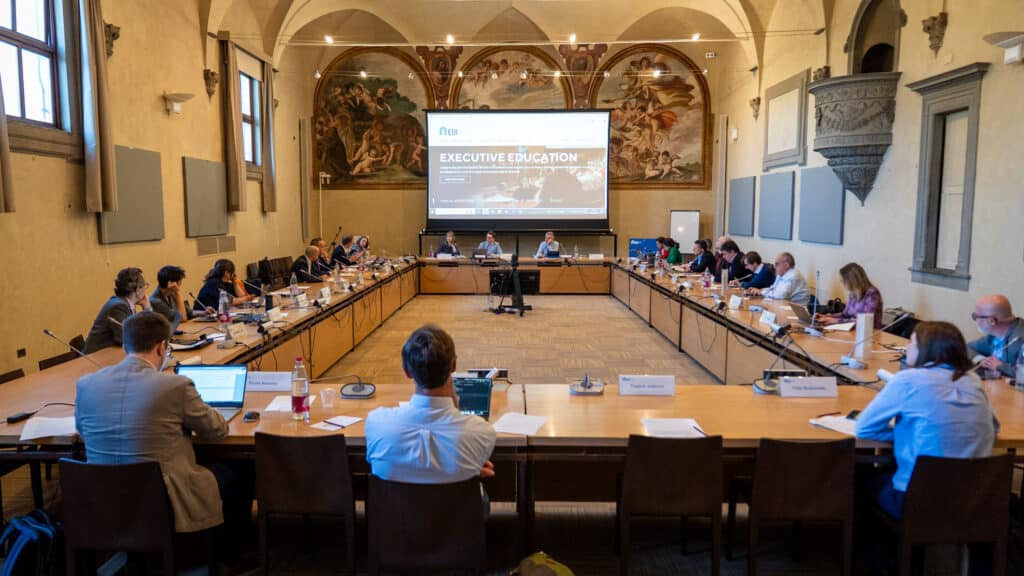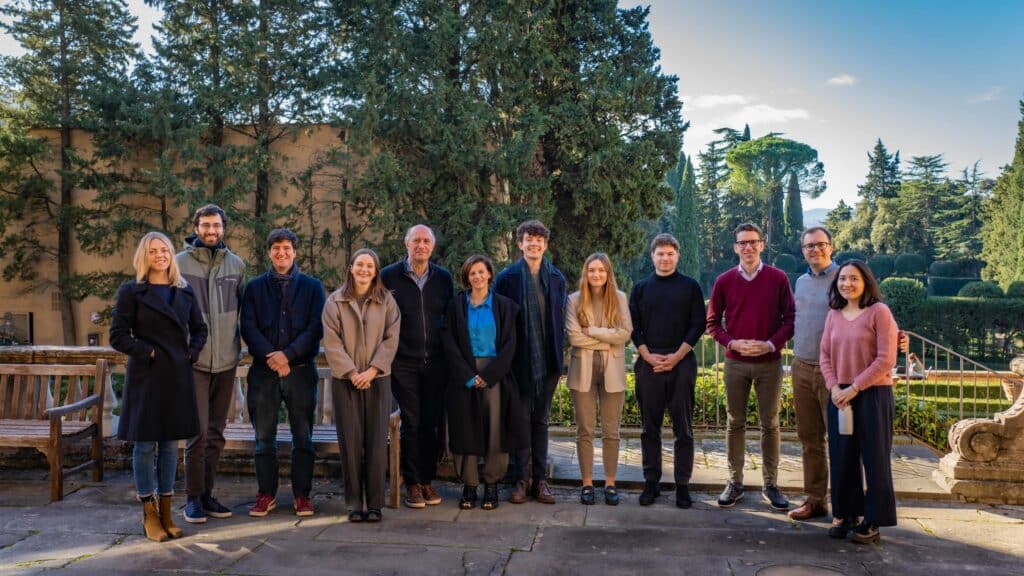Claude Crampes and Thomas-Olivier Léautier
The recent visit of President Hollande to French West Indies is an opportunity to discuss one of the components of France’s Contribution to the Public Electricity Service, namely the compensation for higher cost of production in zones that are not connected to the continental French power grid (Corsica, overseas departments, Saint Martin, Saint Barthélemy, Saint Pierre and Miquelon, the Brittany Islands of Molène, Ouessant, and Sein, the Glénan archipelago and the Chausey Channel Islands).
1 Island specificities
Except for the lines linking Corsica to Italy, the French insular power systems can only rely on their local facilities, mainly powered by fossil fuel imports. For example, in Guadeloupe, in 2012, 53% of energy production came from oil, 32% from coal and 15% from renewable energies. In 2009, coal accounted for only 13% of the total. The increase in coal consumption, a poor choice in terms of greenhouse gas emissions, is driven by both the commissioning of a second coal power plant in 2010 and coal producers seeking markets because of cheaper shale gas in North America. The insular systems also have significant renewable resources: in Guadeloupe in 2012, the 15% of energy from renewable sources came mostly from photovoltaic (5.3%), bagasse biofuel (3.6%), and geothermal and wind power (3% each).
Without access to power produced by French nuclear power plants and large hydropower units, or even large thermal plants, the cost of electricity is much higher in non-interconnected zones (NIZ) than in mainland France.
2 Nodal pricing
Economic principles applied to the electricity sector (like any grid) are clear: there is no difference in kind between NIZs and, for example, the regions of Brittany or PACA (Provence Alpes Côtes d’Azur). They are all considered as areas that are poorly connected to the national power grid, with the NIZs’ poor connection being merely an extreme case as there is no connection at all. The optimal solution is to apply the principle of nodal pricing. At each node, the value of electricity results from the balance between supply (merit order of injections) and demand (merit order of withdrawals), connection lines providing, from case to case, an additional flow of supply (imports) or demand (exports). In the absence of external contribution, island prices should thus simply reflect the island’s supply and demand.
In most NIZs, electricity demand is lower than average demand on mainland France, firstly, because there is no electric heating on the islands and secondly, because there is very little industry, a major energy consumer. Yet, demand has virtually no impact on determining the value of electricity in the NIZs. Indeed, the marginal technology, whose operating cost determines the product’s value, is consistently the same: fossil-fired power (oil or coal). The electricity price in an NIZ should therefore be the marginal cost of fossil-fired power, which is much higher than the price on mainland France.
3 Equalisation constraints
This is where politics comes in. Under the impetus of local interest groups and public affairs ideologists, the idea has gradually spread that public services must be charged at a price that is independent from geographical constraints – this is the principle of geographic tariff equalisation. This principle of national solidarity seems to be part of the DNA of the French Republic. As F.-M. Poupeau states, “geographic tariff equalisation is one of those institutions that politics sets as a ‘natural’ or immutable element.”In reality though, he adds, “Geographical or technical particularities may justify a tariff that is adjusted between users, making equalisation an exception rather than an absolute rule in the management of major public service networks.” As odd as it may seem, it was not until the law of 10 February 2000, implementing the first European directive on the liberalisation of the electricity sector, that geographic tariff equalisation appeared for the very first time in the body of French law on energy. As a consequence, since NIZs are part of the Republic’s territory, the law requires that electricity be sold at the same price as on the mainland.
Applying the equalisation constraint gives a simple result: as the electricity sale price is an average of national production costs, and as costs in the NIZs are greater than those on mainland France, the price is lower than the cost in the NIZs and higher than the cost on mainland France. To cover the gap between NIZ producers’ revenue and cost caused by this public service obligation, compensation should thus be paid to them.
This compensation is provided by the Contribution to Public Electricity Service (CSPE). The CSPE is financed by taxes imposed on established suppliers (EDF and local distribution companies), which they are allowed to pass on to consumers. Until 2010, geographic tariff equalisation was responsible for most of the CSPE’s funds. Since 2011, renewable energy has taken first place (60% in 2013). For the year 2015, the CSPE coverage planned by the Energy Regulatory Commission requires raising 6.3 billion Euros, of which 1.5 billion for tariff equalisation in the NIZs.
4 Solidarity and redistribution
The need to redistribute wealth within the national community is indisputable. The method is the problem. Prices serve as an indicator of scarcity sent to consumers and as an indicator of utility sent to producers. Therefore, a price below the cost of production is an incentive to over-invest in consumer goods and appliances (such as air conditioning systems) as well as to over-consume. Conversely, producers are dissuaded to invest and produce, which needs to be corrected by repeated regulatory intervention. To the disadvantage of distorting price signals, equalisation adds injustice. Indeed, even though NIZs are, on average, poorer than mainland France, there are also rich people in the former and poor people in the latter. Part of the transfer made is regressive since everyone pays the CSPE.
National solidarity should be organised through targeted income transfers and not through price manipulation. An exception to this statement is the case of merit goods, whose prices should reflect not only the cost of production but also the positive externalities they generate. But in the present case, why would these externalities differ depending on geographic considerations?
Manipulation of prices simply demonstrates the weakness of public authorities who dare not use their sovereign powers concerning tax matters. They prefer to shift blame onto public utilities by imposing supplements on prices in mainland France rather than by increasing income taxes and transfer revenues to ZNIs’ poor households. It is probably less painful, but certainly more costly in terms of efficiency.
***
Compensation for NIZs will most probably not end with the disappearance of regulated energy prices, as NIZs are considered by the French authorities as unable to open their electricity sector to competition. NIZs are grouped with “small isolated systems”. They benefit from an exemption scheme allowed by the 2003 and 2009 European directives. Therefore, electricity prices in NIZs will remain regulated, and compensation will be required to balance their failure to cover production costs for a long time.






